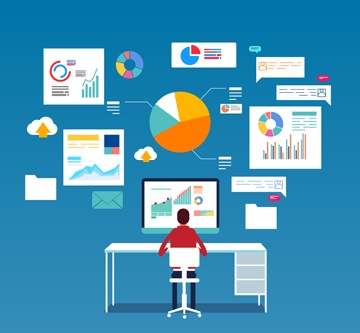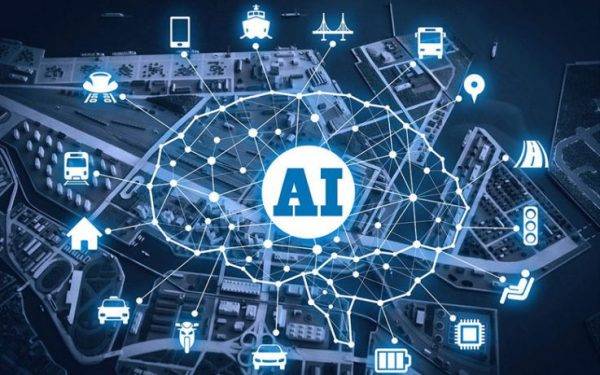Big Data is not just simply a term. It is associated with other technologies such as machine learning, artificial intelligence, blockchain, Internet of Things, augmented reality and a whole lot more. Because of this, many industries have been investing in Big Data analytics like banking, discrete and process manufacturing to name a few. To further understand this data technology, we have listed here in no particular order the top 10 Big Data technologies you must know today.
Top 10 Big Data Technologies
1. Data Lakes
Data Lakes is a huge data repositories that collect data from different sources and is stored in its natural state. Don’t confuse it with Data Warehouse, it basically does the same thing, but instead of storing it in natural state like Data Lakes, it structures it for storage. To further understand the difference between the two, Data Lakes is unfiltered body water while Data Warehouse is more of a collection of bottled water.
2. Hadoop Ecosystem
Apache Hadoop may not be as popular as it was before but Big Data isn’t complete without mentioning this technology. It is an open-source framework for distributed processing of big data sets. It has grown wide enough to hold an entire ecosystem of related software and a lot of commercial big data solutions are based on Hadoop.
3. NoSQL Databases
Database administrators to query, manipulate and manage the structured data stored in relational database management systems (RDMSes). On the other hand, NoSQL databases store unstructured data and providing fast performance. This means that it offers flexibility while handling a wide variety of datatypes at large volumes. Some examples of NoSQL databases include MongoDB, Redis, and Cassandra.
4. Apache Spark
Apache Spark is an engine for processing large amounts of data within Hadoop and is 100x faster compared to MapReduce, Hadoop’s standard engine. The interest in this technology is gaining more popularity and continuously growing.
5. Artificial Intelligence
This isn’t a new technology but Artificial Intelligence has proven its usability throughout the years. In a lot of ways, Big Data has played a role in the advancement of AI through its two subset of disciplines; machine learning and deep learning. Machine learning as we all know it is the ability of computers to learn without being tediously programmed. Applying this to Big Data analytics, machine learning enables systems to look at historical data, recognize patterns, build models, predict future outcomes and mostly associated with predictive analytics. On the other hand, deep learning is a type of machine learning that mimics the working of a human brain creating artificial neural networks that use multiple layers of algorithm to analyze data. In Big Data technologies, it allows analytics tools to recognize content in images and videos and then process this accordingly.
6. Blockchain
Blockchain is used mainly in functions such as payment, escrow and can speed up transactions, reduce fraud and increase financial security. It is also the distributed database technology that is under the Bitcoin currency. An excellent choice for Big Data applications in sensitive industries because it is highly secure.
7. In-memory Databases
If a Big Data analytics solution can process data in the RAM, rather than the data stored on the hard drive, it can increasingly improve dramatically. And this process is how In-memory databases work. Many of the leading software enterprises are adopting this technology and will surely be a big hit.
8. Predictive Analytics
A subset of Big Data Analytics, Predictive Analytics attempts to forecast future events or behavior through historical data. It works through data mining, modeling, and machine learning techniques to predict what will happen next. Recently, advancements in Artificial Intelligence have adapted wide improvements in the capabilities of predictive analytics solution. That is why more and more industries are beginning to invest in this technology.
9. R
R is an open-source project, like Hadoop ecosystems. It is a programming language and software environment designed for working with statistics. Integrated development environments like Eclipse and Visual Studio support this language. Several organizations say that R has become one of the most popular languages in the world.
10. Prescriptive Analytics
Prescriptive analytics offers advice to companies about what they should do in order to achieve a desired result. Few enterprises have invested in this Big Data technology but many analysts believe its the next area of investment especially when they experience the benefits of this analytics tool




